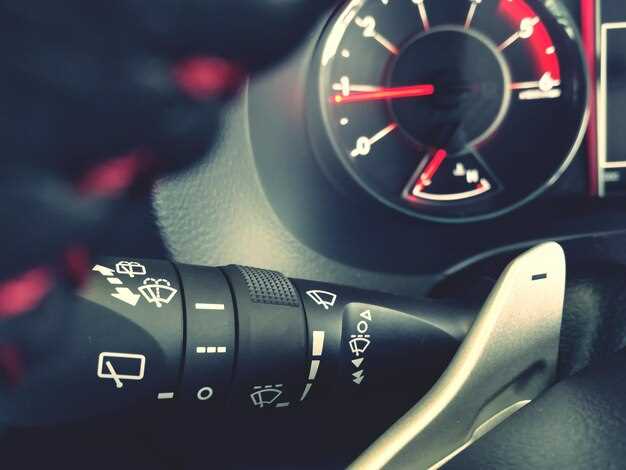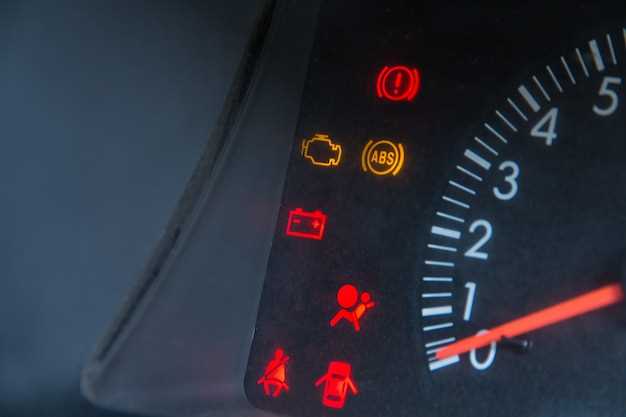
The dashboard of your BMW is an essential component that provides crucial information about your vehicle’s performance and status. Over time, however, it can develop various issues that may hinder its functionality and compromise your driving experience. Understanding common problems associated with BMW dashboards is the first step toward effective repair.
Among the most frequent issues are malfunctioning gauges, flickering lights, and unresponsive controls. These problems can arise from a variety of sources, including electrical faults, poor connections, or even physical damage to the dashboard itself. It is vital to accurately diagnose the root cause to fix the issue efficiently.
In this article, we will explore the typical problems encountered with BMW dashboards and discuss practical solutions to repair them. Whether you are a DIY enthusiast or prefer to consult a professional, knowing the fundamentals of dashboard repairs can save time and money in the long run. From troubleshooting tips to methods for restoring full functionality, we aim to equip you with the knowledge needed to address your dashboard concerns effectively.
Identifying Common Dashboard Issues in BMW Models

BMW vehicles are known for their sophisticated dashboard systems, but like any complex technology, they can experience issues over time. One common problem is flickering or blank displays, which may indicate a faulty connection or a failing display unit. If you encounter this, check the wiring and connectors for any signs of wear or corrosion that may need repair.
Another frequent issue is malfunctioning gauges. Speedometers and tachometers may not provide accurate readings, often caused by a defective sensor or internal circuitry issues. Diagnosing these problems typically requires specialized tools, but replacing the faulty components usually results in a quick fix.
Warning lights that stay illuminated on the dashboard can signify various underlying problems. It’s crucial to scan the vehicle’s system for error codes, as these codes will direct you to the specific area that requires attention for repair. Ignoring these lights may lead to severe issues later on.
Lastly, BMW owners might notice dashboard display dimming. This issue can stem from a faulty dimmer switch or issues with the vehicle’s electrical system. Ensuring that the battery and alternator are functioning correctly can resolve this matter. If not, inspection of the wiring and switch may be necessary for repair.
Step-by-Step Guide to Fixing BMW Dashboard Faults
The BMW dashboard can develop various faults over time, leading to issues with functionality and display. Addressing these problems promptly is essential to maintain the vehicle’s performance and user experience. Follow this step-by-step guide to repair and fix common dashboard issues in your BMW.
Step 1: Diagnose the Problem
Begin by identifying the specific fault. Common issues include malfunctioning lights, faulty gauges, or a completely dark screen. Use a diagnostic tool to check for any error codes that indicate the source of the problem.
Step 2: Gather Necessary Tools
Collect the required tools before starting the repair. You will typically need a screwdriver, socket set, trim removal tools, and possibly a soldering iron if there are circuit issues.
Step 3: Remove the Dashboard Cover
Carefully remove the dashboard cover by unscrewing the necessary screws and prying off any clips or panels. Ensure that you keep track of all fasteners to avoid losing them during the reassembly process.
Step 4: Inspect the Wiring and Connectors
Examine the wiring and connectors behind the dashboard. Look for any loose connections, frayed wires, or corrosion. Tighten any loose fittings and replace damaged wiring as needed.
Step 5: Check and Replace Bulbs
For issues related to lighting, check the dashboard bulbs. If any are burnt out, carefully remove them and replace them with new bulbs. Ensure that the new bulbs are compatible with your BMW model.
Step 6: Test the Gauges
If the gauges are not functioning correctly, test them individually. Remove the gauge cluster and inspect the circuit board for any solder joint failures or damaged components. Repair any issues you find, and reassemble the cluster.
Step 7: Reassemble the Dashboard
Once all repairs are complete, reassemble the dashboard. Make sure to secure all screws and clips properly. Double-check that all connections are secure before reattaching the dashboard cover.
Step 8: Perform a Final Test
Start your BMW and verify that all dashboard functions work correctly. Check that all lights illuminate properly, and gauges display accurate readings. If any issues remain, revisit the previous steps to ensure all components are functioning as intended.
By following this guide, you can effectively repair and fix common dashboard faults in your BMW, ensuring the longevity of your vehicle’s dashboard system.
Preventive Maintenance Tips for BMW Dashboard Longevity

To ensure the longevity of your BMW dashboard, regular preventive maintenance is essential. Start by keeping the dashboard clean and dust-free. Use a soft microfiber cloth to gently wipe down the surface, avoiding harsh chemicals that can damage the finish.
Another important step is to protect the dashboard from direct sunlight. Harmful UV rays can lead to fading and cracking. Consider using a dashboard cover or parking in a shaded area whenever possible. If you use sunshades, make sure they are of high quality to effectively block the sun’s rays.
Inspect the dashboard for any signs of wear or damage regularly. Early detection of cracks or discoloration allows for prompt repairs, preventing more extensive damage down the line. If you notice any issues, address them immediately to avoid a need for more complicated fixes.
Additionally, ensure that all dashboard lights and indicators are functioning properly. This prevents potential confusion while driving and helps you identify any underlying electrical issues. Regularly checking the dashboard systems can save you from future repair costs.
Lastly, always follow BMW’s recommended maintenance schedule for your vehicle. This includes scheduled inspections and fluid changes that can help maintain the overall health of the dashboard and other interior components.



